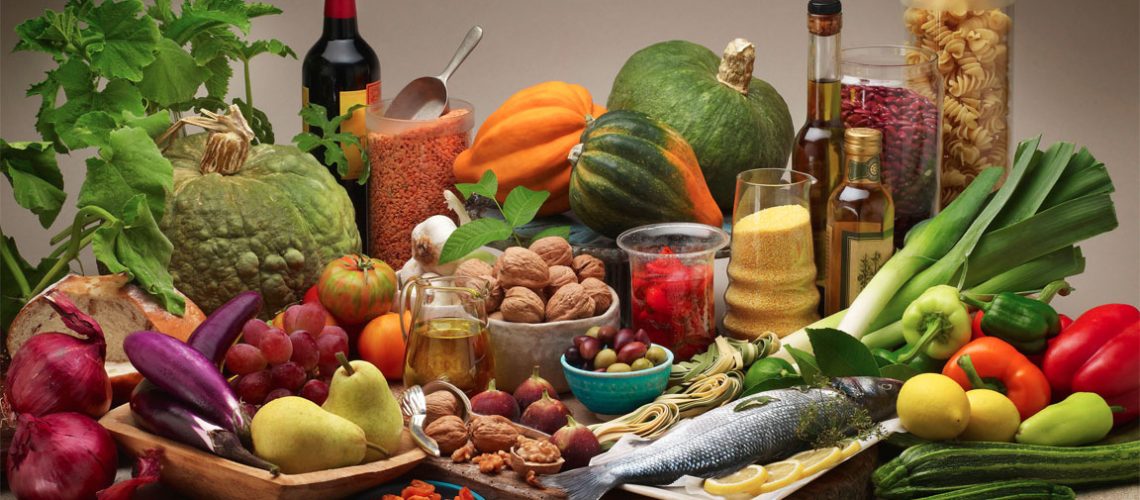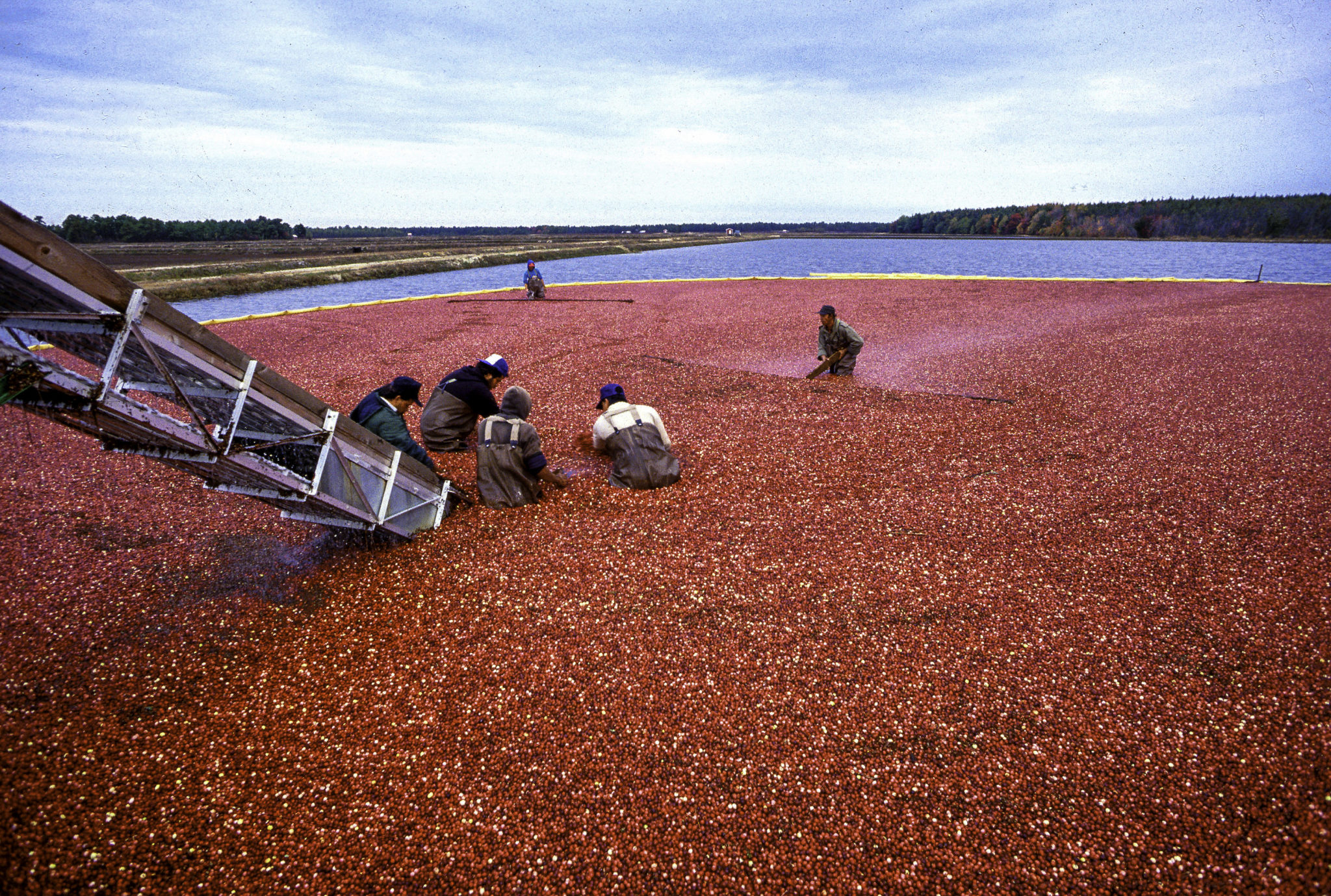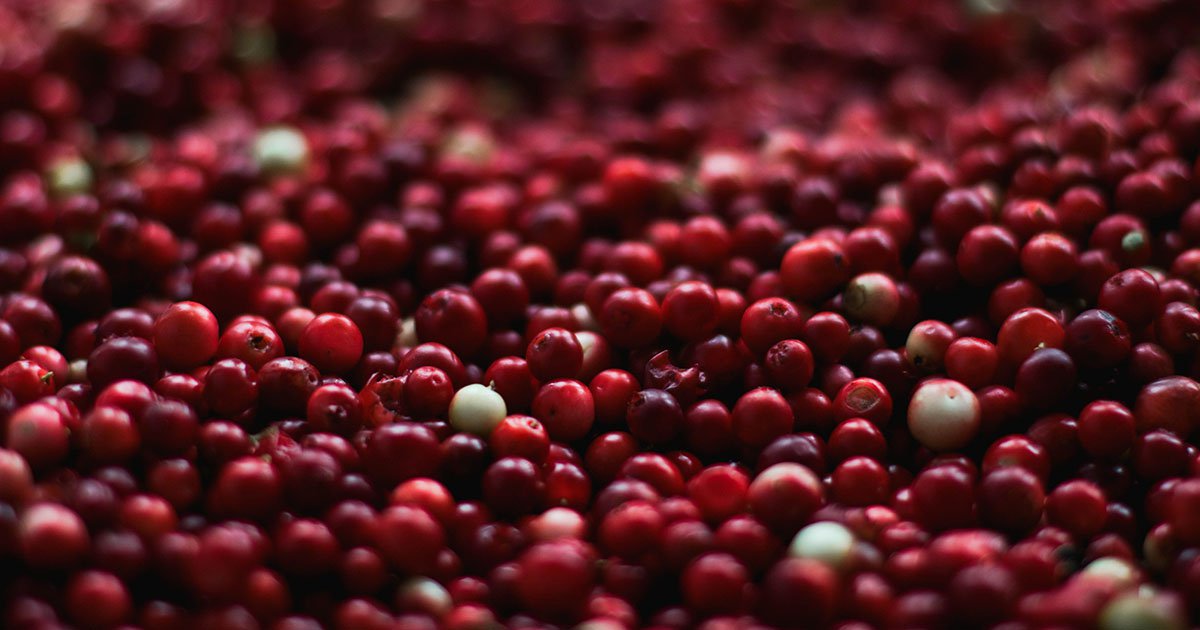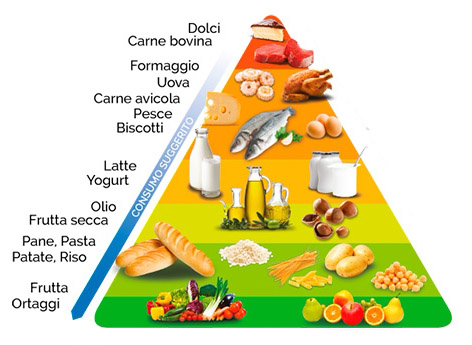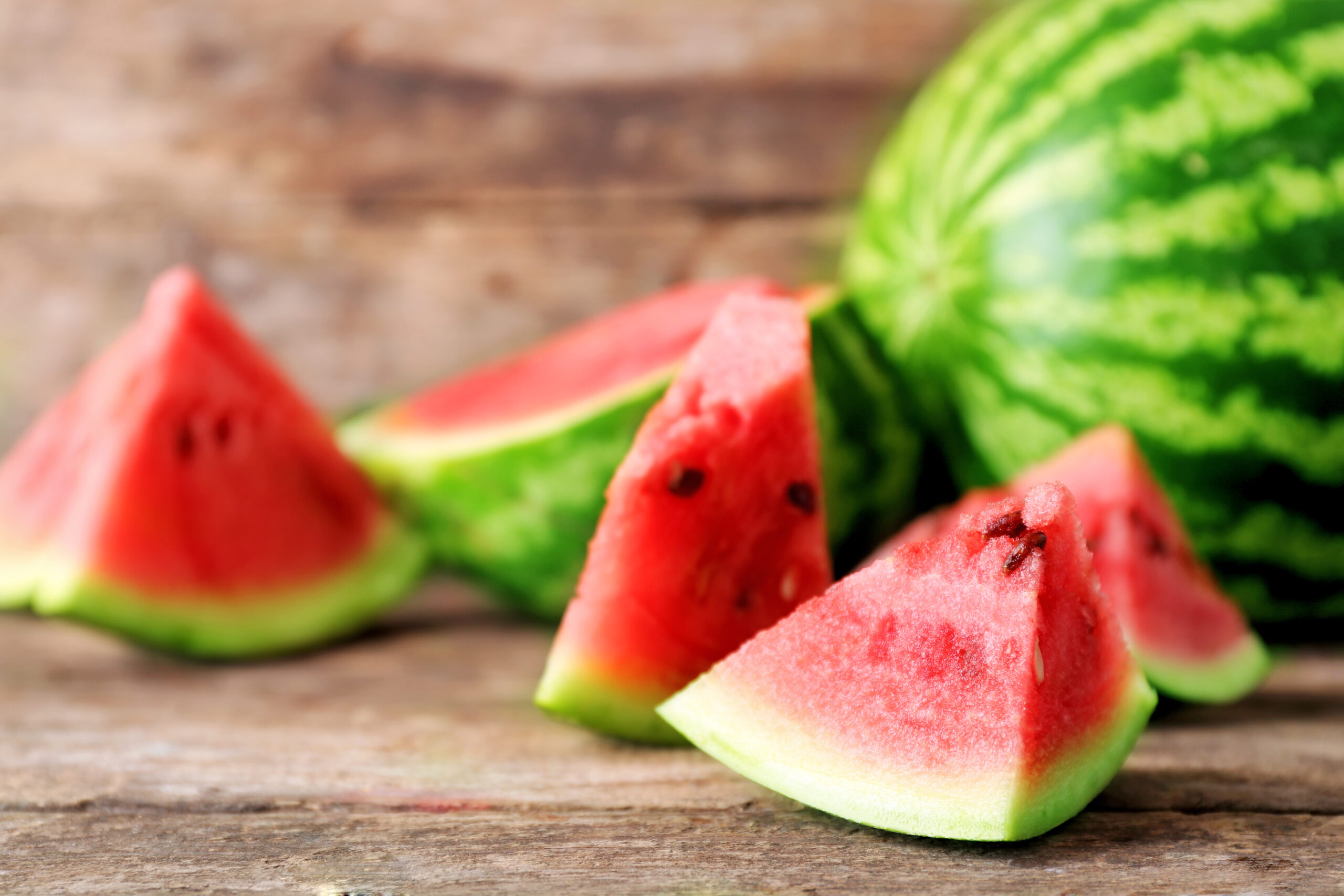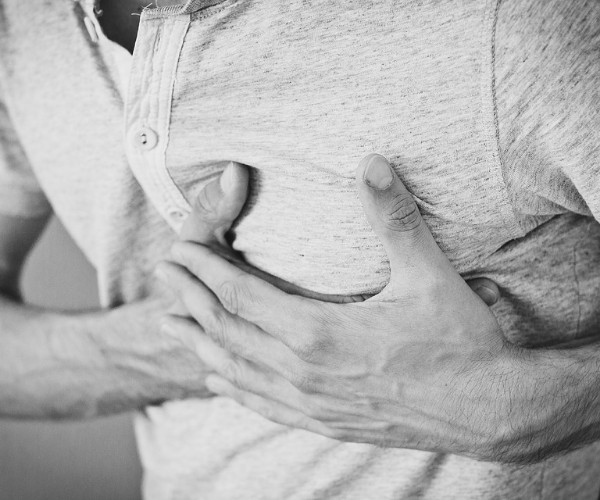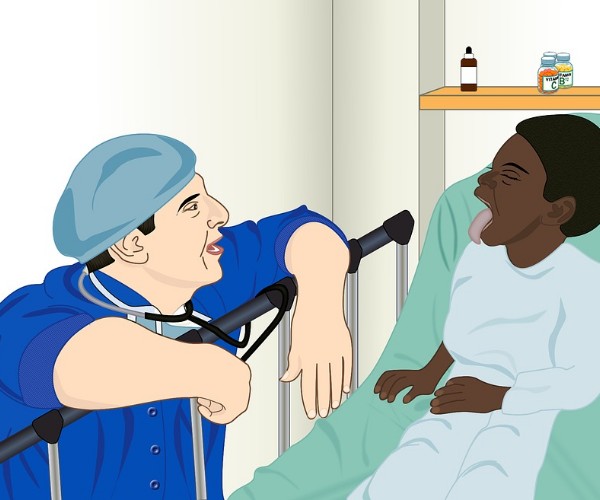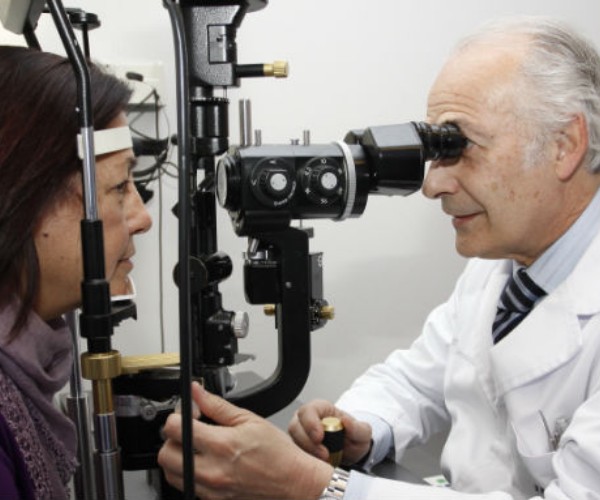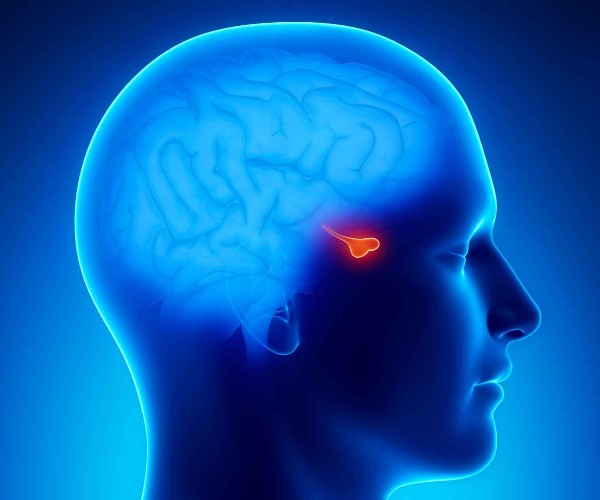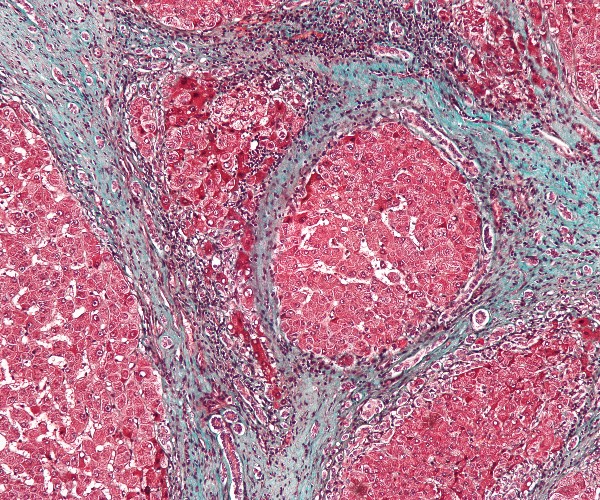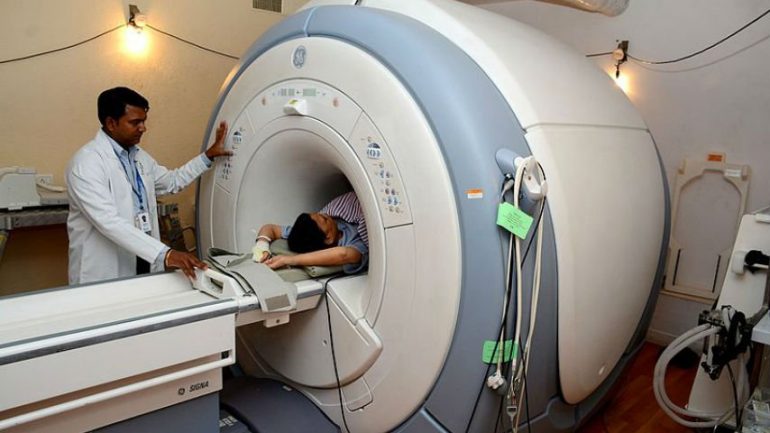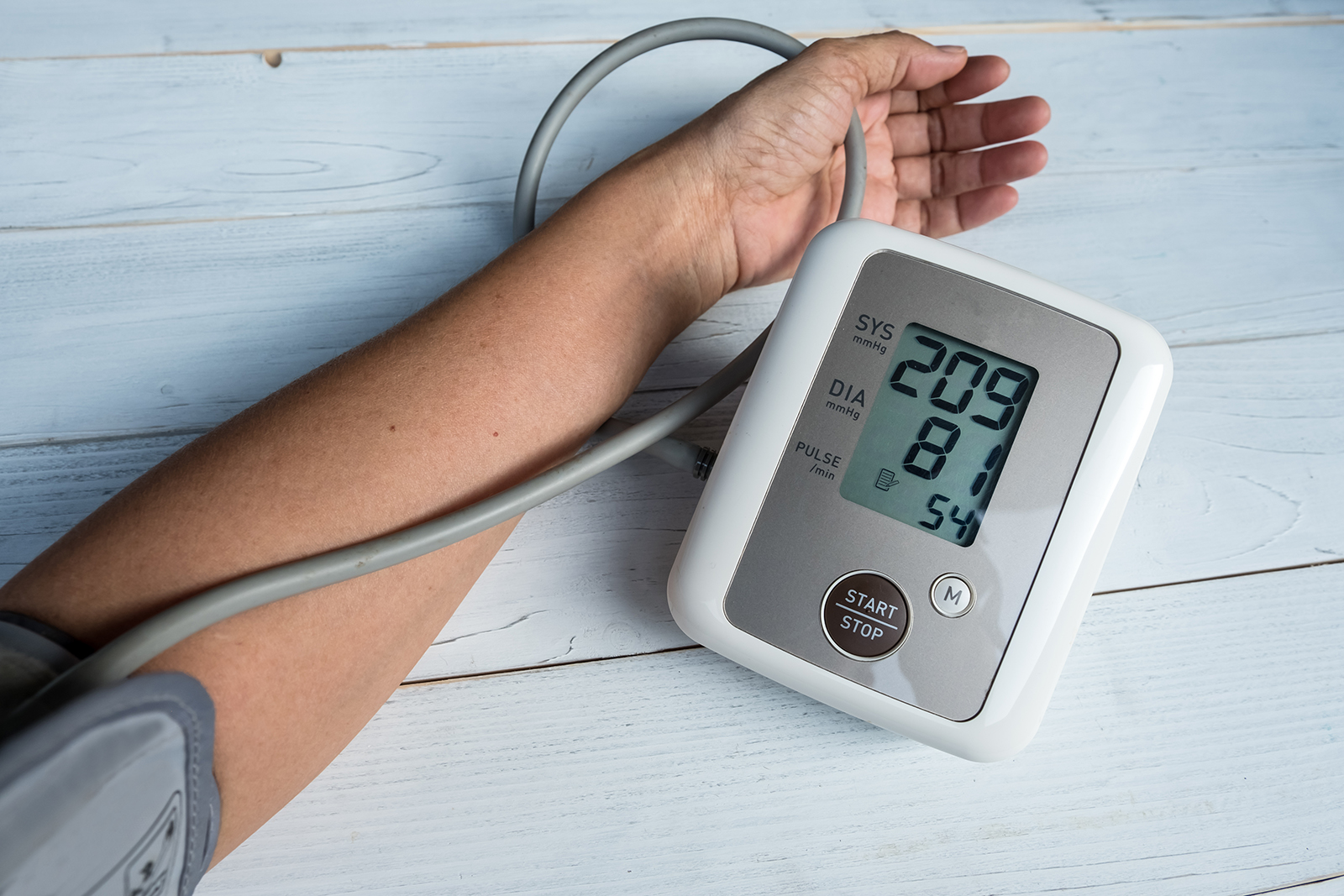The Mediterranean diet is a nutritional model inspired by the dietary patterns prevalent in some Mediterranean countries.
In the 1950s, Ancel Keys, an American nutritionist, realized that populations in the Mediterranean basin were less susceptible to certain diseases than Americans. From this came the hypothesis of a diet that would increase longevity. The scholar, once back in America, continued his research until he wrote the book “Eat well and stay well, The Mediterranean way.”
Keys thought that the Mediterranean diet was ideal for reducing the incidence of “diseases of affluence,” in fact starting in the 1970s he tried to spread Mediterranean eating habits in his country as well.
The diet includes consumption of all products, favoring fruits, grains, vegetables, seeds and olive oil over the rarer use of red meat and animal fats. It does not exclude any food; in fact,fish, white meat, legumes, eggs, dairy products, sweets and red wine are also consumed. In addition, a food pyramid was created, showing the distribution and quantity of foods throughout the day. According to the pyramid, fruits can be taken 2-3 times a day, along with vegetables and greens, which are recommended in abundance. Milk and yogurt should also be consumed every day. In the middle of the pyramid, on the other hand, are the foods to be consumed several times a week, but not every day: fish, white meat, cheese. Then there are eggs and red meat, which is recommended to be consumed 1-2 times a week, and finally at the top of the pyramid are the foods to be consumed in moderation, namely sugars, sweets, sauces, butter and wine.
Italian children eat more “junk food”
In May 2018, at the European Obesity Society Congress, aWorld Health Organization study was presented showing that the Mediterranean diet is followed more in Sweden than in Italy. In fact, it seems that fish, vegetables and fruits are consumed less in Mediterranean countries than in other European countries. Specifically, the study showed that Swedish children eat more fish, olive oil and tomatoes than children in southern Europe, who often consume “junk food” such as snacks, sugary drinks and fatty foods. Obviously, the foods in the traditional Mediterranean diet are not products of the Nordic countries, but they have become part of their diet because of the important health benefits.
Data report that 42 percent of children in Italy are overweight. In northern nations, however, excess weight ranges from 5 percent to 9 percent. At the origin of these data is not only nutrition, but also the
physical activity, as in Italy and in all Mediterranean countries, higher physical inactivity was recorded than in northern countries.
These data seem to overturn what is actually thought, in fact living in a Mediterranean country does not mean having Mediterranean habits. Moreover, it is hard to imagine that there are fewer fast food restaurants in Sweden than in Italy. Another peculiarity is physical activity, which children in northern Europe, are more able to do despite bad weather and few hours of daylight. Life habits, therefore, can change in a healthier direction regardless of a country’s social and environmental contexts and traditions.





